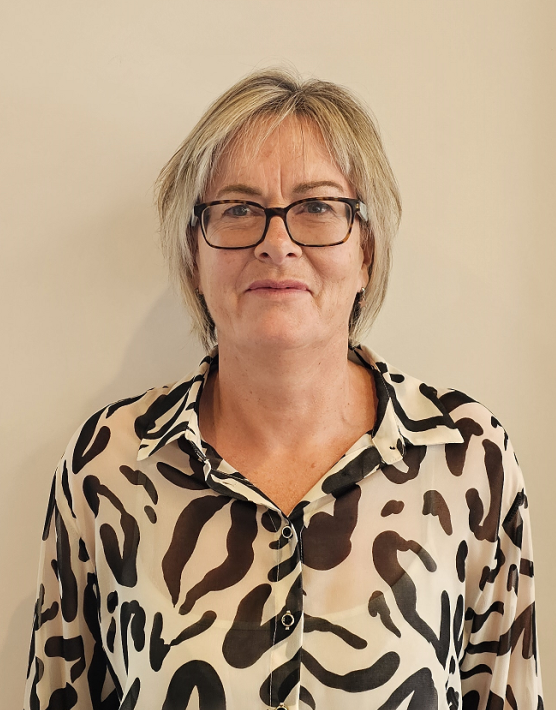Option 1: En route to Larnaca
On our way to Larnaca, visit Choirokitia, the oldest Neolithic settlement in Cyprus. The site is one of the best preserved prehistoric sites of the eastern Mediterranean.
Our excursion takes us to the city of Larnaca, built on the ruins of Kition, which was one of several ancient city kingdoms of the island.
After a short city tour we visit the cathedral of St. Lazarus, the first bishop of Kition, originally built in 900 AD. With three large domes and decorated with an impressive iconostasis, tradition says that the place of Lazarus’ tomb was lost during the period of Arab rule beginning in 649. In 890, a tomb was found in Larnaca bearing the inscription Lazarus the friend of Christ. Emperor Leo VI of Byzantium had the Church of St. Lazarus erected over Lazarus’ tomb in the late 9th century.
We continue to the Tekke Mosque of Hala Sultan, an important place of pilgrimage for the island’s Muslims. Last visit will be the village of Kiti, which hosts the church of Angeloktistos with its magnificent mosaics dating to the early Christian period and believed to be built by Angels.
Return to the hotel.
Option 2: Kykkos – Troodos – Kalopanagiotis Village
Kykkos is the richest and most significant monastery on the island. Founded in 1100 and dedicated to the Virgin Mary, it possesses one of the three surviving icons ascribed to St. Luke. Its famous ecclesiastical museum houses icons and objects from the Byzantine era.
Not far from Kykkos we will take a short stroll to Throni, to visit the tomb of the late Archbishop Makarios III amidst the dense forest. We will then drive to Kalopangiotis village and visit the monastery of Agios Ioannis Lambadistis. This monument is built on the east bank of the river Setrachos, opposite of the village of Kalopanagiotis. In 1985, it was inscribed on the UNESCO World Heritage List, which includes nine other painted Byzantine churches of the Troodos range.
Lunch will be served at a local restaurant, in Kalopanagiotis village. The view is spectacular.
Covered in dense pine and cedar forests and dotted in picturesque villages; the Troodos mountain range and Mount Olympus stand at 1,952 meters above sea level. It is a unique geological complex, which dominates the central and western part of the island. Troodos is home to beautiful native wild flowers and vegetation.
Return to the hotel for overnight in Limassol.


















